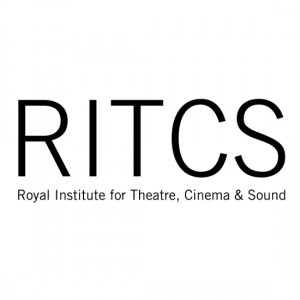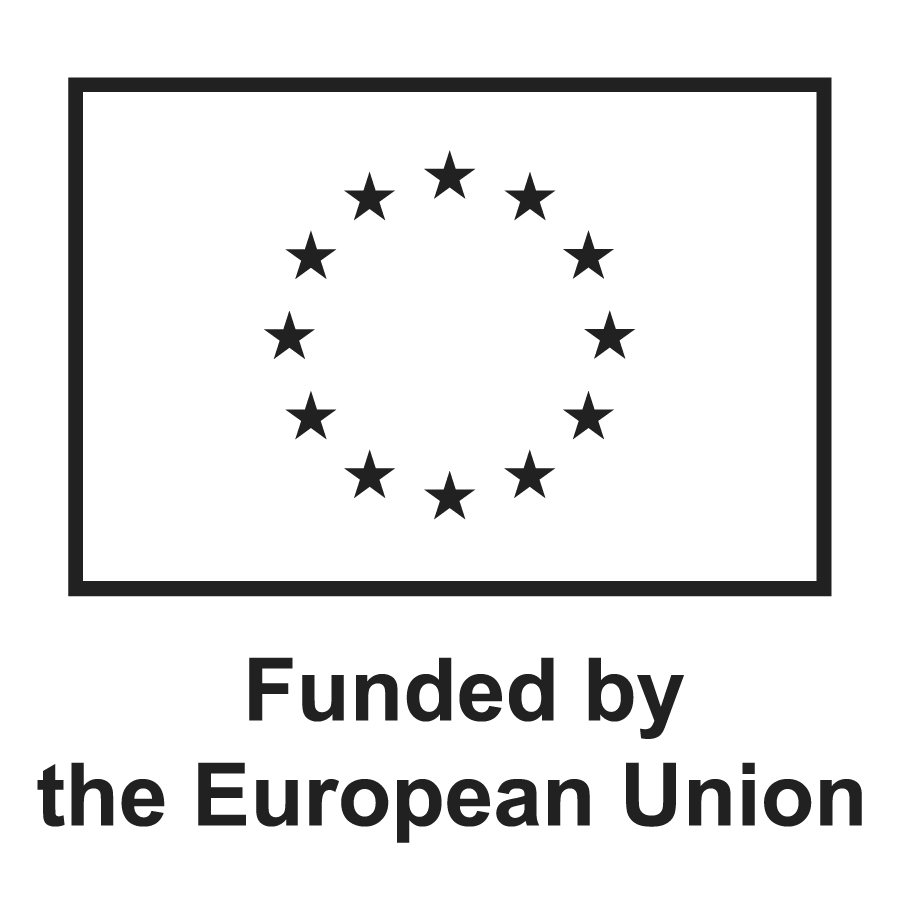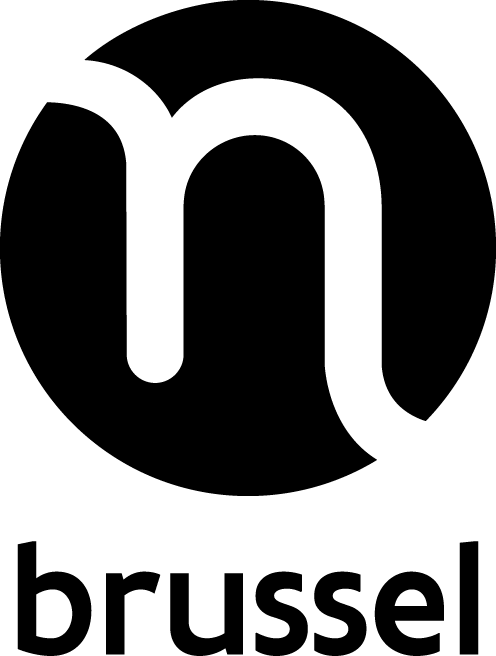
→ FRIDAY 26/4 moderated by LEONIE PERSIJN
10h–13h: space and perception: Annette Vande Gorne, Lila Athanasiadou, Aki Onda.
14h–17h: subliminal awareness: Xabier Erkizia, Pedro Oliveira, David Toop.
→ SATURDAY 27/4 moderated by LINNEA SEMMERLING
10h–13h: causing impact: Juliette Volcler, Séverine Janssen, Salomé Voegelin.
14h–17h: voice and words: Jennifer Walshe, Beatriz Ferreyra, Manfred Werder.
Annette Vande Gorne Writing Acousmatic Music on Fixed Media
This reflexion on techniques for electroacoustic, fixed-media composition is the tangible result of more than 25 years of experience teaching the subject at the Belgian Royal Conservatories in Liege, Brussels and finally in Mons. Just as studying the techniques of harmony, counterpoint, and fugue serves as preparation for studying classical composition in European conservatories, the techniques presented here are useful for composers embarking on more experimental paths. Born from sound recording on fixed media – disc, magnetic tape, computer memory – Pierre Schaeffer remarkably foresaw many of the implications of this new repertory. François Bayle defined a further repercussion with his term acousmatic music, focusing on blind listening. Other schema linked to fixed-media composition followed: the creation of objectively organised and formalised events according to their interactions was replaced by approaches for guiding listening and communicating with the realm of the imagination.
Lila Athanasiadou From the Mechanism of Speech to the Mechanism of Meaning
In the introduction to Midtown 120 Blues, Terre Thaemlitz unpacks the embedded context from which house music emerged, arguing that it cannot be intuited from contemporary methods of the production and dissemination of the genre. After a short examination of his methodology, Lila Athenassiado will introduce the situatedness of sonic experiences as produced, perceived and consumed by bodies. Departing from Alexander Graham Bell’s spatial exploration of the vocal cavities and through Sarah Ahmed’s queering of the normative understanding of perception, Athenassiado first foregrounds the material condition of sonic situations. then introduces the figure of Helen Keller, problematizing the given-ness of perception, before concluding her talk with a discussion of Keller’s role in the development of philosophy and in the work of poets, architects and visual artists Arakawa and Gins. Through her ability to construct images without seeing and soundscapes without hearing, Keller improvised the perception and consumption of sound as an embodied way of holding the world in place.
Aki Onda On José Maceda
José Maceda (1917–2004) was a Filipino composer and ethnomusicologist who rigorously documented South East Asian musical practice through extensive fieldwork. Drawing on this archive of primary musical material, Maceda combined Filipino musicality with a knowledge European avant-garde composition and created one-of-a-kind works that fuse cutting-edge compositional techniques such as spatialization, attention to timbre, and use of radios and cassettes for sound diffusion.
In this talk, Aki Onda will discuss Maceda’s practice, re-mapping and re-contextualizing his legacy within the current global experimental music scene.
Xabier Erkizia The Sound of an Ox-cart :
Aesthetics and amnesia of a thousand-year-old noise
The idea of collectivity is one of the most important conditions when carrying out any exercise in sonic archeology. Noise, always foreign by definition, tends to become sound if there is a community that wishes it, even if this desire limits the meanings that each form of sounding conveys. Therefore, all collectivity supposes a political reading of our sound environment, a revision of our political reality through the sounds, an unstable reality that changes parallel to the sociopolitical changes that surround it. The sound of bullock carts or oxcarts is probably one of the oldest non-strictly musical sounds of the history of humanity, but above all, it speaks of a long and persistent social wound.
Pedro Oliveira 1,977 Ways to Say “No”
In this talk, Pedro Oliveira inquires into the materiality of voice databases, their semantic and political value, and their continued existence as archives. Oliveira is interested in exploring and intervening in the deployment of what he calls “sonic biometrics” in the border and migration industries of Germany and the EU. State-sponsored campaigns often transfer biometric assessment from machines to citizens, encouraging peer-surveillance in train stations, airports, and public offices, all the way to police-enforced racial profiling and violence. These forms of racial profiling, concomitantly, are fed back into machine-learning processes which reproduce systemic biases and colonial assumptions in their decision-making processes. Such feedback loops show how sound is instrumentalised to act as a disciplinary mechanism, and how biometry is fundamentally a performative gesture, that is, how it seeks to pinpoint that which it has tasked itself with revealing. The presentation unfolds by following Oliveira’s current research project on “accent recognition technologies” as its main narrative thread.
David Toop Instruments of Darkness : A performance in which speaking may take place
David Toop’s improvised performances grow from curiosity about resonance: how to let the soft invisible characteristics of a space and its harder boundaries resonate; how to let materials of all kinds resonate; how to let time resonate, so that durations and our sense of quick or slow are in a state of complex vibration; how to let memory resonate, so that the phantoms of sound and the void of silence penetrate into personal history. The materials Toop uses vary, some of them conventional musical instruments, some electronic, some acoustic, some autonomous, some abject or without any boundaries. All of them ask questions of what an instrument actually is, a conglomerate whose pieces only come together in the darkness of deflected sight.
Juliette Volcler Sonic fences in public spaces
Sonic space is under construction. On this building site, there are no bulldozer alarms to be heard, and no pneumatic drills, but there are carefully worked silences, voices and sounds. There are no workers to meet, but there are designers, academics, advertisers, weapons manufacturers and composers. An aural geography slowly emerges, which can be attractive or repulsive, depending on the targets, the areas and the time of the day. When sound is used to shape public spaces and individual behaviours: a commented selection of sounds and videos from the emerging city.
Séverine Janssen Brussels’ Sound
For almost two decades, BNA-BBOT has been creating a history of Brussels. A micro-history in the medium of sound, its writing is the voice. The voice as a micro-trace that cannot be reduced to keyboard strokes, to its visual presence. An undefined collection of voices and sounds surging up from times past, the BNA-BBOT sound archive forms an organic, polyphonic biography of the city. It speaks to how the city might have been, how it is, how it might someday be. This factory at work uses convictions, visions and practices. Séverine Janssen will discuss both methodological and political issues relating to the production of public sound data and will reveal a couple of processes BNA-BBOT has investigated.
Salomé Voegelin Unstable Contacts: a political imaginary made from water and honey
Sound is always an unstable contact. It is an insecure and unsecured connection that when heard in its sonority rather than its semantic message or lexical referent presents the in-between: the fragile space between things that do not touch but generate an indivisible volume. This volume is not a measure of decibels but the capacity of sound’s invisible expanse and the demand of its forceful reciprocity. It is not outlined and bounded by walls, ceilings, floors and windows, “this” or “that”, but is the mobile and viscous encounter between things that does not keep a shape but grasps anyone who might listen. Thus it is the condition of listening, where my sound is part of other sounds and they are part of me: where we inter-are, objects and subjects as things, creating fluid approximations, converging towards each other and dissolving again.
This intervention invites a rethinking of politics, understood as the governance of interaction and living together, from a being according to listening as a being according to the in-between: performing the capacity of the world in the fluid and grasping capacity of sound.
Jennifer Walshe workflow, notation
Jennifer Walshe will speak about layers in musical performance and notation, addressing a variety of possible approaches, both technical and aesthetic.
Beatriz Ferreyra Identification of sound characteristics
A short presentation of an approach to identifying the characteristics of sounds by focussing on their internal and external morphology, as a basis for electroacoustic composition.
The approach is based on the idea of a “Solfège de l’objet sonore“ by Pierre Schaeffer, that was developed within the GRM (Groupe de recherches musicales) in Paris in the 1960s.
The aim was to develop a new vocabulary to describe and classify any sound, regardless of its origin. As a member of the group from 1963-1970, Beatriz Ferreyra, has been at the core of this change of perspective. With the help of her voice, she will introduce us to some elements of this vocabulary.
Manfred Werder this very passage
Like dolphins, for a mere instant human language lifts its head from the semiotic sea of nature. But the human is nothing other than this very passage from pure language to discourse; and this transition, this instant, is history.
– Giorgio Agamben, Infancy and History
Manfred Werder will read from the ongoing work 20170 – a collection of found text that surveys 2800 years of discourse.
The festival was realized in the framework of the Interfaces project, and co-funded by the Creative Europe Programme of the European Union, and co-produced by RITCS school of art, where this symposium took place.




 Sebastian Dingens - WALKS
Sebastian Dingens - WALKS

 Pavel Tchikov 29/11/23
Pavel Tchikov 29/11/23

 Nika Son - Scatter
Nika Son - Scatter


